Flora and Fauna 10.08.16


Here is a stunning visual contribution by Bethany E. Williams, the latest contributor to our Aberystwyth University ILLCA Student Ambassador Scheme. Bethany gives her artistic perspective on ‘Retracing Wales’, our series of creative responses in Planet magazine to the Wales Coast Path by some of Wales’s leading writers and artists, which go astray from the usual tourism and heritage script. To see more of Bethany’s work go to her website. For more information about the Retracing Wales series see some excerpts here.
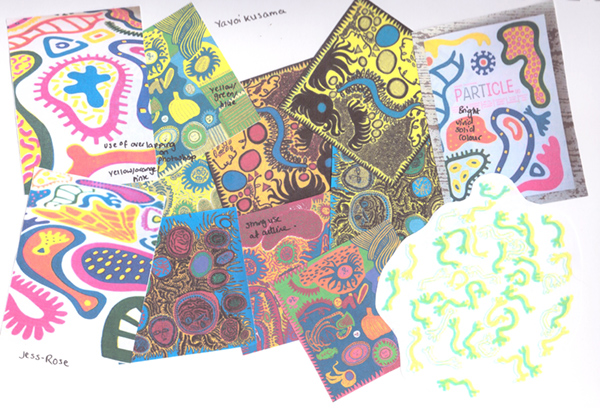
'Art Forms in Nature by Ernst Haeckel and the work of Yayoi Kusama were my main influences. I've owned the book Art Forms in Nature for about a year after buying it in the V&A gift shop. Fascinated by the intricate forms inside, I haven't been able to use this in my work until now as a response to the Welsh coast. Yayoi Kusama (b. 1929) is a Japanese artist known for the use of pattern and colour in her work. Her psychedelic paintings of flowers particularly intrigued me.'
'All the images drawn are based on scientific drawings from the internet and from books, however done in an illustrative style. I enjoy using patterns in my work and hopefully this is portrayed.'
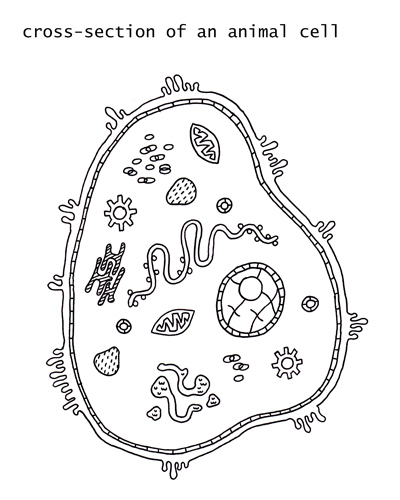
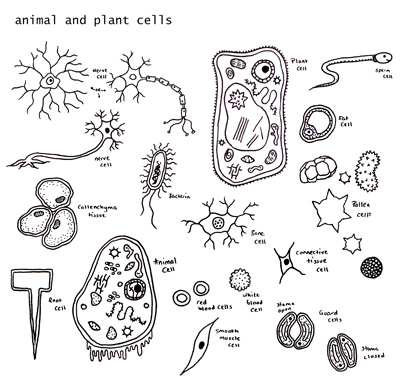
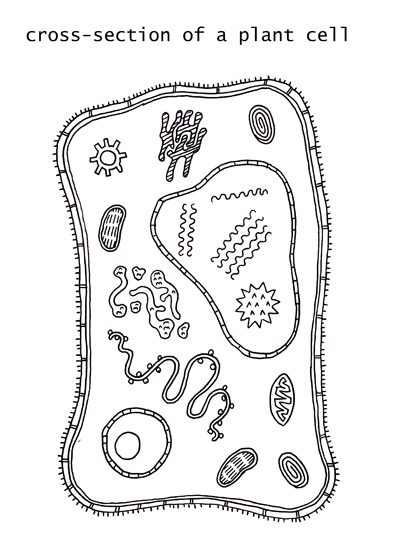
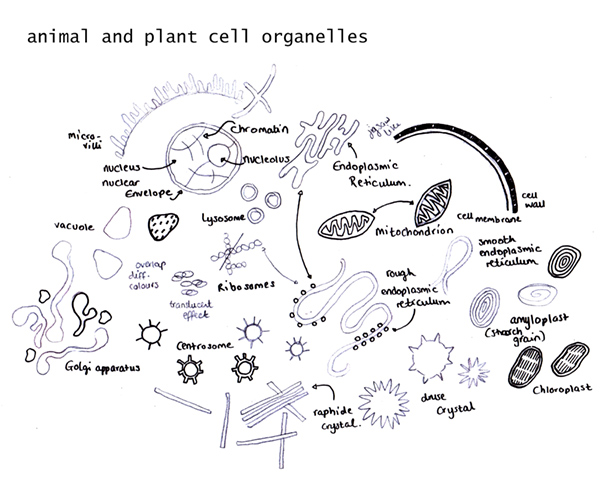

'I wanted to create an image which combined the scientific elements of flora and fauna. It was important to not make the composition too cluttered and excessively detailed. Originally I had planned to include a number of wildlife and vegetation familiar to the Welsh coast, however I decided to simplify the image. My aim was to present an image which is easy to digest and yet still resembles the scientific drawings which inspired it.'
The process: 'First I sketch out the images, trying out different shapes until I'm happy with them. Then I'll draw them in fine-line pen, (in this instance uni pin 0.8), and scan them. On Photoshop I'll edit the images and drag them into their final composition. From there I colour them in, overlapping and mixing the two colours.'

'I will often experiment with different colour combinations and decide on which I feel works best. For 'Flora and Fauna' I decided to avoid using just greens and yellows, which are usually most associated with vegetation, and chose colours such as blue and pink, which contrasted with the subject matter. Using these vibrant colours also helped to make these rather scientific images more inviting.'


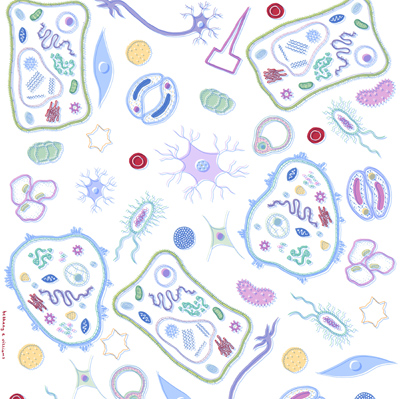
'Using two different colour outlines helped to highlight the finer details in the images.'

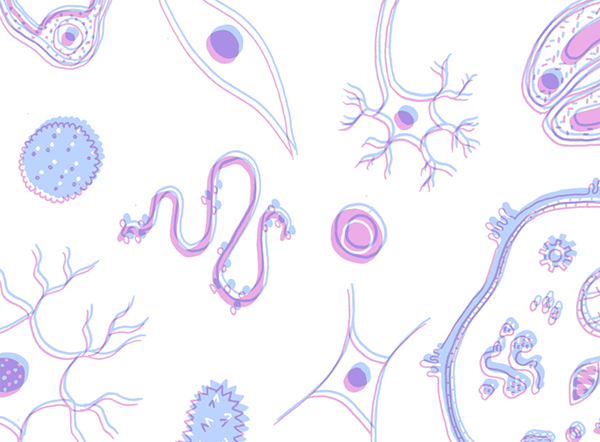
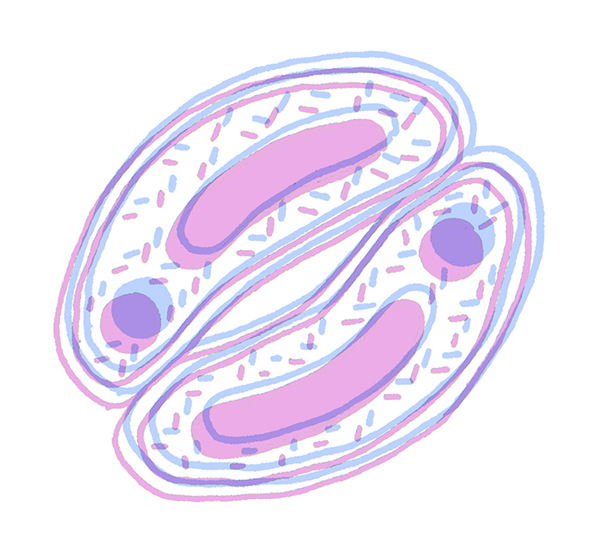
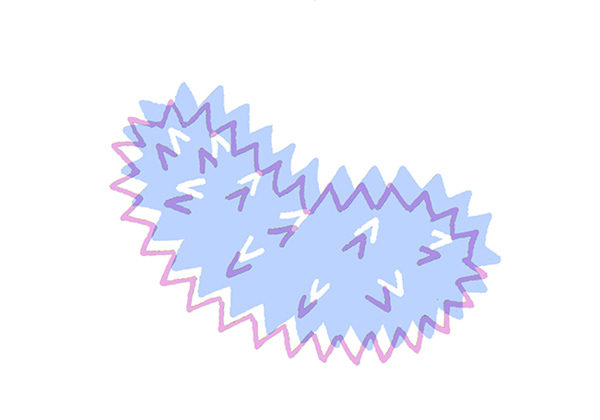
About the author
Bethany has just graduated with a BA in Art History with Fine Art. For more information about courses in the School of Art at Aberystwyth University click or touch here
If you liked this you may also like:
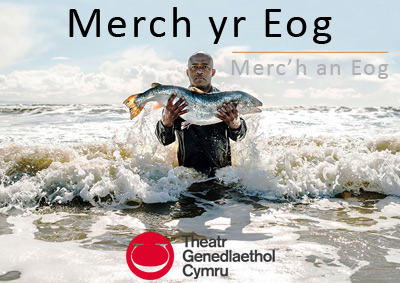
Kevin Hudson
Retracing Wales: Barry
Kathryn Morgan
Crossing Borders
Natalie Cox
Retracing Wales | Discover the Shape of a Nation
Greg Taylor
Reflections on 'Welsh Keywords'